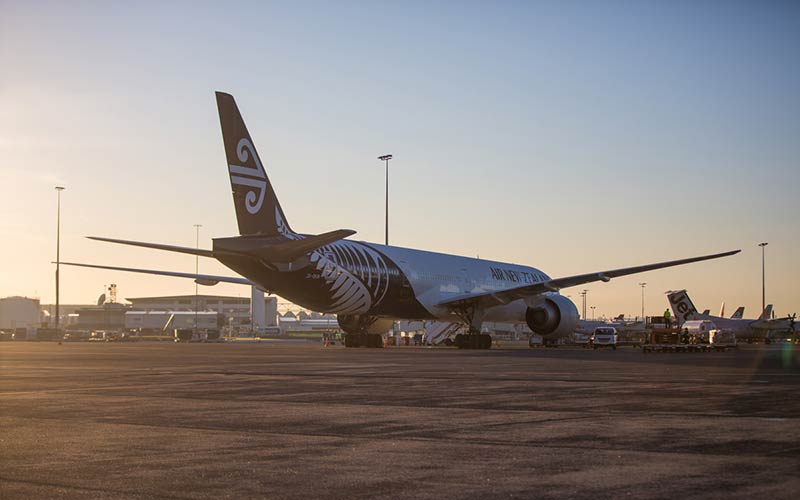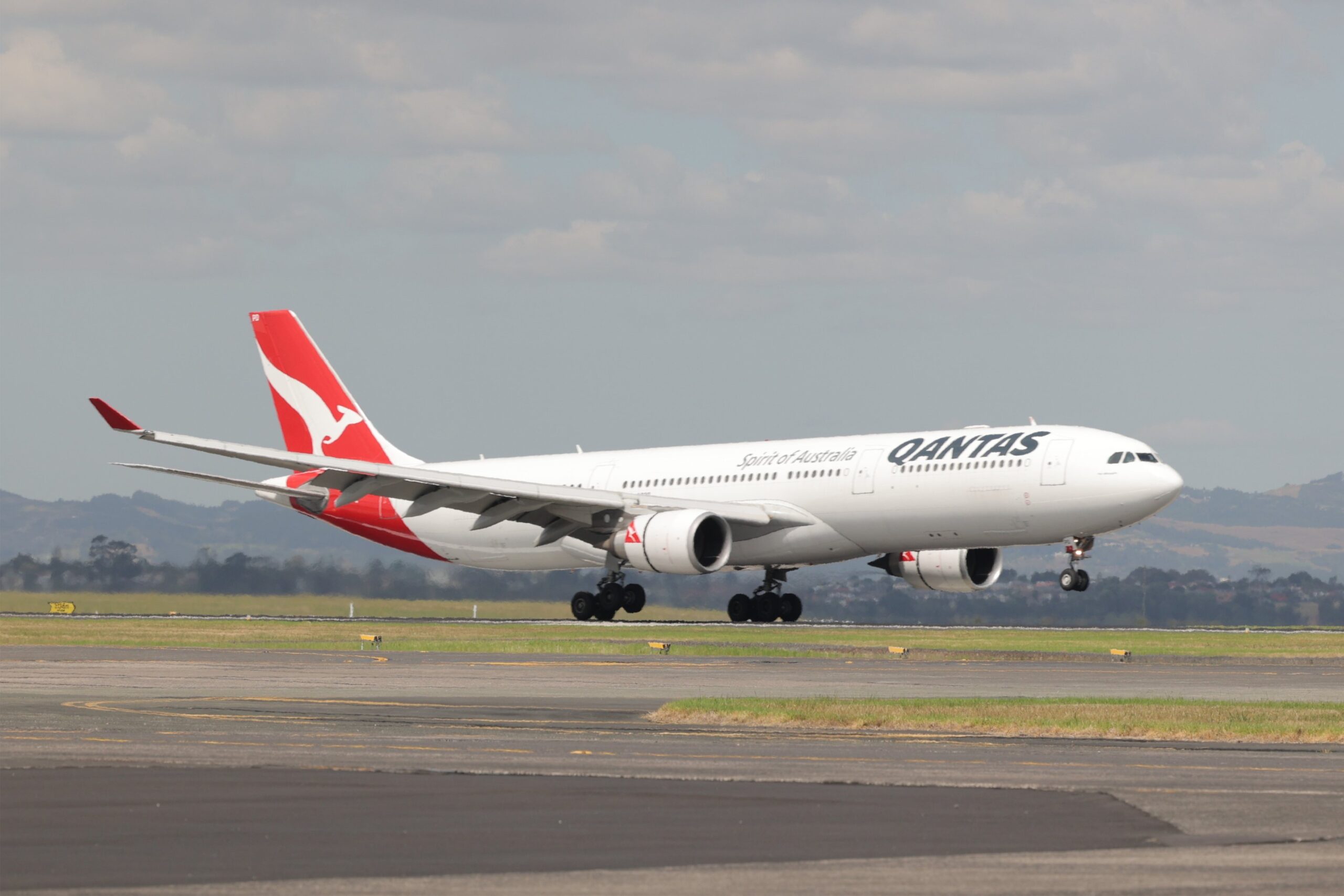Hello Kiwis: New Zealand opens its borders to more than 60 countries ahead of schedule
After three years, New Zealand surprised by bringing forward the opening of its borders to foreigners from more than 60 countries, putting an end to one of the most severe restrictions worldwide to combat COVID-19.
Since 2020, New Zealand had maintained a partial closure of its borders, where it did not allow the entry and exit of all travelers, except those who claimed extreme necessity.
Now, as of April 13, vaccinated tourists from Australia will be able to enter the country without isolation when it was originally scheduled to begin in July.
Then, from May 2, vaccinated tourists from other visa-exempt countries, including Argentina, Brazil, Canada, Chile, Germany, Japan, Singapore, Spain, United Kingdom, United States, United States, Uruguay, and more than 60 other nations, will be allowed to enter the country.

«We are ready to welcome the world»
Prime Minister Jacinda Ardern expressed: «We are ready to welcome the world. New Zealand will be ready with open arms».
The announcement will come as a relief to the country’s tourism and hospitality businesses, many of which have struggled to survive the border closures. According to Tourism Industry Aotearoa, total tourism spending in 2021 fell 37% (a loss of $15.6 billion) from the previous year.
Currently, the number of international travelers at Auckland Airport has fallen by more than 90% to 2900 per day from 30,000 before the COVID-19 outbreak.
Air New Zealand welcomed the change and said it was ready to increase services to meet demand.
«It’s no secret that the last two years have been extremely turbulent for people, there’s a lot of upheavals today,» said the airline’s chief executive, Greg Foran.
While the Omicron variant remains current in some regions of the world, the New Zealand population is highly vaccinated, with more than 95% having doses.
Visitors from countries requiring visas to visit New Zealand should self-isolate for 10 days upon arrival, including most Latin American and Caribbean countries (except Argentina, Chile, Brazil, and Uruguay); India, and China.
Which airlines are operating in New Zealand?
Australia recently reopened its borders, and New Zealand’s announcement paves the way to reconnect one of the most sought-after international markets in the Asia-Pacific region.
Qantas Group unveiled its schedule immediately following the announcement. Qantas and Jetstar will operate up to 30 flights per week across the Tasman Sea on five routes, up from two flights per week currently. Still, the numbers are a far cry from the 170 flights a week between Australia and New Zealand prior to the pandemic.
Qantas will fly daily from Brisbane, Melbourne, and Sydney to Auckland and from Sydney to Christchurch with a combination of its Boeing 737-800 and Airbus A330 aircraft.
Jetstar will operate three flights a week from the Gold Coast to Auckland using its Airbus A320 aircraft.
Qantas and Jetstar will further increase flights during May and June by resuming flights from Australia to Queenstown and Wellington.

LATAM will resume flights to Auckland from Santiago de Chile on March 29, allowing New Zealand to reconnect with South America. It will have three weekly flights and will be triangulated with Sydney, Australia; and from July it will have five weekly flights.
Other airlines currently operating in New Zealand are Aircalin, Air Vanuatu, Cathay Pacific, China Airlines, China Eastern, China Southern Airlines, Fiji Airways, Korean Air, Malaysia Airlines, and Singapore Airlines. Some carriers are scheduled to return between June and July, including Hawaiian Airlines, Air Tahiti Nui, and United Airlines.
Air New Zealand increased its flights to Australia for the Easter holiday. Afterward, it will gradually recover its international destinations with the exception of Buenos Aires, Argentina, and Denpasar, Indonesia.
Entry Requirements for New Zealand
From April 13 for Australians and from May 2 for foreigners with visa exemption, the following documents must be presented to board a flight to New Zealand:
- Customers must show their International Certificate of Vaccination to board an international flight.
- The Government requires proof of a negative RAT, LAMP, or PCR test prior to departure. Please refer to the Covid-19 website for deadlines.
- All passengers must complete the New Zealand travel declaration prior to departure.
- Visitors from visa waiver countries must have an NZeTA prior to travel.
- Those with stopovers are advised to check with the airline they are traveling on.

/https://aviacionlinecdn.eleco.com.ar/media/2020/09/Air-New-Zealand-787-Dreamliner.jpg)
Para comentar, debés estar registradoPor favor, iniciá sesión